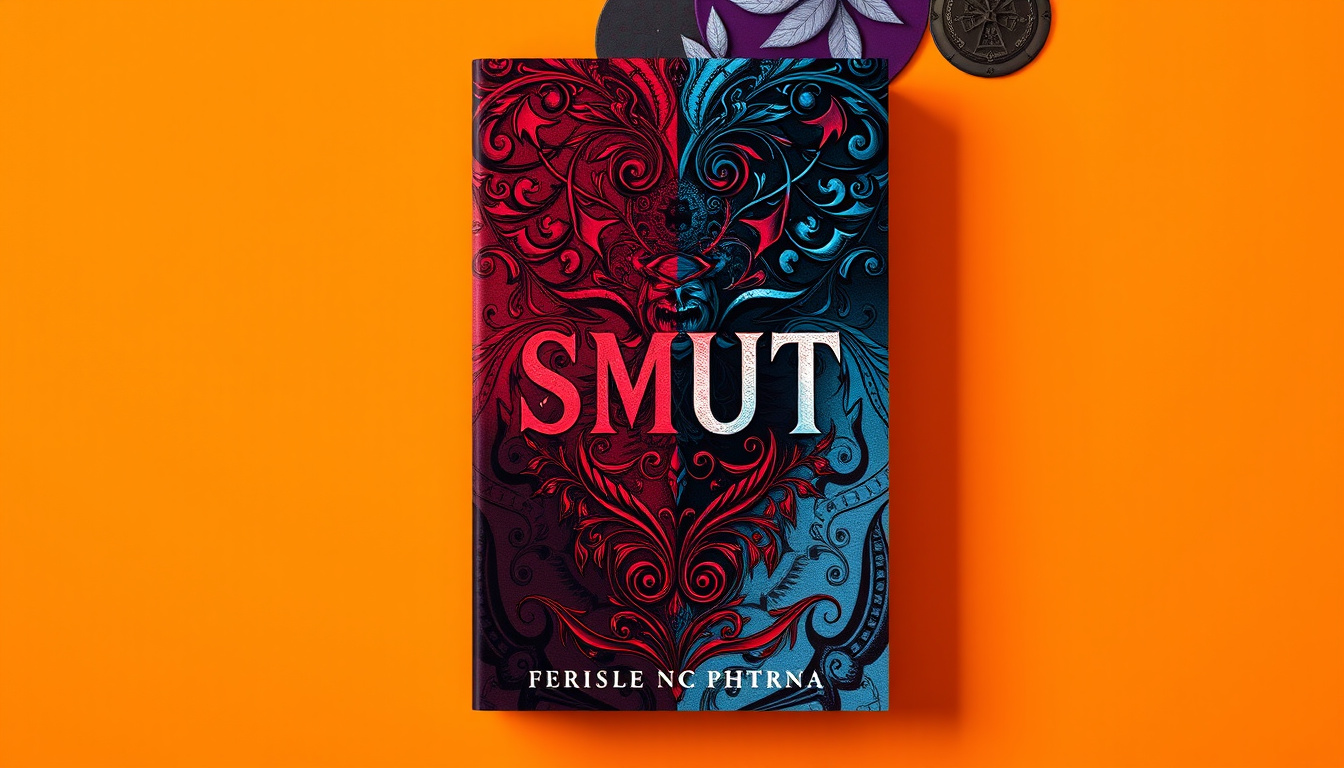Physical Address
304 North Cardinal St.
Dorchester Center, MA 02124
Physical Address
304 North Cardinal St.
Dorchester Center, MA 02124

When diving into the vast world of adult literature, two terms often arise: "erotica" and "smut." Many people use these words interchangeably, leading to confusion about their meanings. This article aims to clarify the distinctions between feministic and sometimes romantic writing, often termed "erotica," and the more explicit, often graphic content referred to as "smut."
Erotica is a genre that weaves sexual themes into its narratives but maintains a storyline, character development, and emotional depth. It’s not merely about the sexual acts but rather how they affect the characters and plot. Successful erotica often explores intimate connections, desires, and relationships, placing sex in a broader narrative context.
On the other hand, smut typically refers to explicit content focused primarily on sexual acts with little to no emphasis on plot or character development. Smut is often seen as more graphic, and while it can infuse humor or absurd scenarios, it usually prioritizes sexual satisfaction over storytelling.
As various discussions highlight, the line between erotica and smut can be quite nuanced. Here are key distinctions:
Purpose:
Narrative Structure:
Character Development:

The terms also carry cultural connotations. "Smut" is often perceived as taboo, associated with a more juvenile or less reputable form of adult content. In contrast, "erotica" has gained a sense of legitimacy and is widely accepted as a literary genre. This stigma can affect how creators approach their work, with many aspiring authors working to blend strong storytelling with explicit content to elevate their narratives.
While some might argue that all erotica is smut due to its explicit nature, it is essential to recognize the unique qualities each brings to the table. Erotica is not merely about sex; it elevates sexual themes to incorporate emotional richness and narrative complexity. Smut can be entertaining but often lacks the deeper connections found in erotic literature.
Ultimately, the labeling of a work depends on its content, intent, and the emotional engagement it offers its readers. Recognizing these differences can lead to a greater appreciation of both forms, expanding our understanding of adult literature and its capabilities.
If you enjoyed this post and you’re craving more stories that sizzle, check out my books at Arizona-Jewel. From slow burns to explosive encounters, there’s a story waiting to sweep you away.